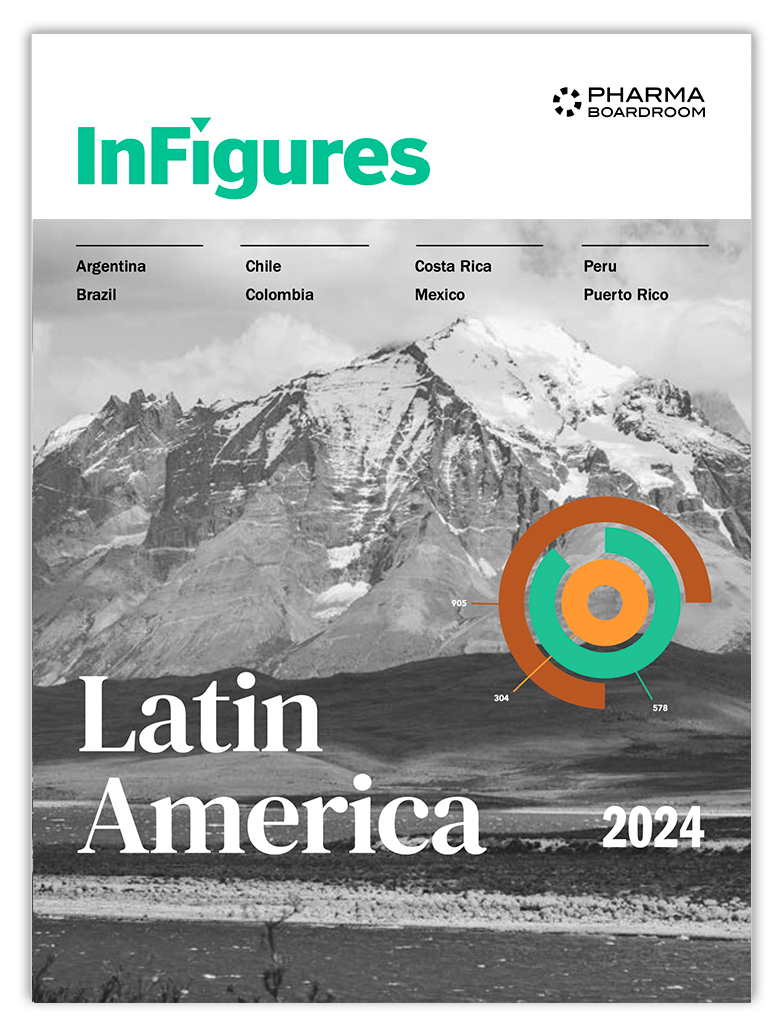Eli Lilly and Company General Manager of South ASEAN, Dr. Faiz Ansari speaks about the expanded scope of his role, Lilly’s pipeline, and the approach that Lilly has taken to support healthcare delivery and improve patients‘ access to treatment and to support programs in a region that is so inherently disparate in nature.
Now with Singapore, Malaysia, and Brunei under your purview, in addition to Indonesia, how has your experience been transitioning to a regional role?
Thrilling- that’s to say the least. Spanning the first year in my regional role, there have certainly been a few bumps along the road but maintaining focus and prioritizing have helped me get going within a small period of time.
The markets across South East Asia are very different but at the same time have several underlying commonalities. Indonesia is a prime example of a developing market with a high market growth, simultaneously coupled with volatility and complexity whereas Singapore offers an innovative friendly and encouraging environment with stable growth and a competitive talent pool for the healthcare industry.
It took me about 3-6 months to truly comprehend the underlying commonalities and trends between these markets. There are many shared points among their healthcare structures and economic goals, especially given their mutual participation in regional harmonization initiatives under the ASEAN Economic Community (AEC).
Given the sheer level of diversity among these countries, what is the rationale behind centralizing a region such as South ASEAN?
Each company tends to organize its geographical structure according to its portfolio structure and span of business operations.
Our cluster model in South ASEAN allows us to scale internal resources, replicate best practices across borders , optimally serve markets with inherent commonalities while respecting diversities and specificities.
How attractive is Singapore to the healthcare pharmaceutical industry and particularly to Lilly?
[Featured_in]
Singapore, with its innovation supportive regulations and environment is an attractive market for the pharmaceutical industry and for Lilly. It is also recognized as a regional center of excellence in technology and research and development. From a human resources perspective, Singapore offers a competitive talent pool for the region.
Since 1997, Lilly has established a partnership with the National University of Singapore, and the National Science and Technology Board (NSTB) to form Lilly-NUS R&D center, one of Lilly’s six R&D centers across the world.
We believe there are many replication opportunities to derive from Singapore and share with the rest of the countries in our region. We have plans to make available many of our new diabetes and cancer innovations to the patients in Singapore who need them within only few months of their marketing authorization approvals by the FDA or European Authorities .
Lilly has witnessed over the last 10 years a series of patent losses for important products. What is the company’s strategy to overcome this challenge?
As with many other innovative pharmaceutical companies, Lilly witnessed patent losses for several products during the last years but today we have the richest pipeline in Lilly’s history and we plan to launch more than 20 molecules in the next 10 years.
In the South ASEAN region we hope to unveil new launches every year starting in 2017; mainly for cancer, diabetes and auto-immune diseases.
Does Lilly’s approach for local disease education and awareness programs differ from one country to the other?
[related_story]
Patients’ and healthcare providers’ knowledge and education about any disease are key pillars to successfully manage them. This is highly relevant for a complex and evolving chronic disease like diabetes.
Lilly supports programs that help patients in their journey with diabetes and collaborates for that with the medical professional societies and major healthcare institutions to establish meaningful and relevant public private collaborations that can address specific challenges.
While the approach is the same across borders, there is no one solution that fits all countries as patients, healthcare systems, treatment barriers and challenges are different from one market to the other. For that, we adapt our approach to what the medical and the patient community need most and can have the greatest impact.
How do you ensure that your portfolio of innovative medicines is made available to all patients and not just to those who can afford them?
Across the world, Lilly works to increase patients’ access to its medications. We do work closely with local regulatory authorities and partners across the supply chain to favor an environment that rewards innovation and patients’ access to treatment and are active in establishing collaborations, patient support programs and patient assistance programs to contribute to these objectives when feasible and relevant.
What is your future outlook on the growth prospects of South ASEAN?
We are excited about the opportunity that Lilly has in the upcoming 10 years and the rich portfolio of innovative therapies that it plans to launch across South ASEAN. At the same time we are very aware of the increasing challenges that healthcare authorities are faced to treat a growing population with high prevalence of chronic diseases.
Driven by our passion to make life better around us, we will continue to work collaboratively with our partners, putting patients’ health at the top of our priorities and establishing solutions and initiatives that can help our therapies reach the right patient at the right place and at the right time.
In terms of reputation, capabilities, and performance, where would you, as the General Manager for South ASEAN plan to achieve in the next three to five years?
At Lilly, our mission is to make life better for people across the world. Our focus for the next three to five years is to make sure we can bring our innovative treatments to the patients who rely on us in Singapore, Malaysia, Indonesia and Brunei as soon as possible.
We are keen to remain active contributors to our communities and trusted partners for our customers by genuinely living our company values upheld since more than 140 years; excellence, integrity, and respect for people.







